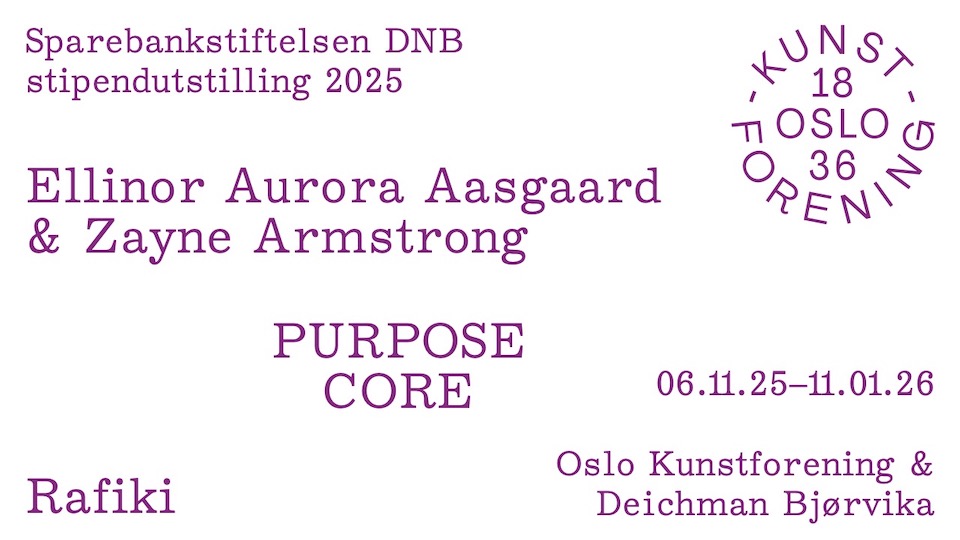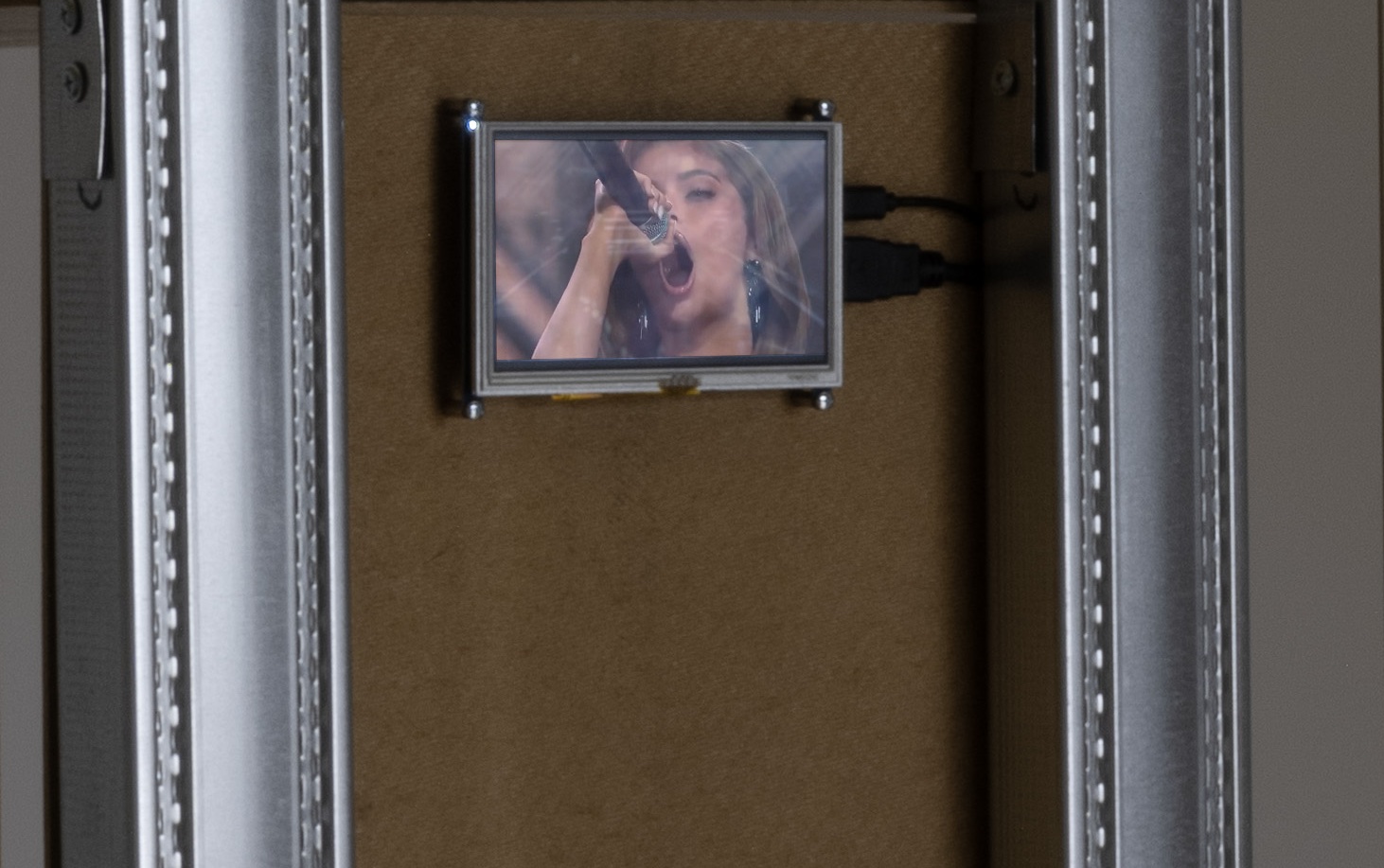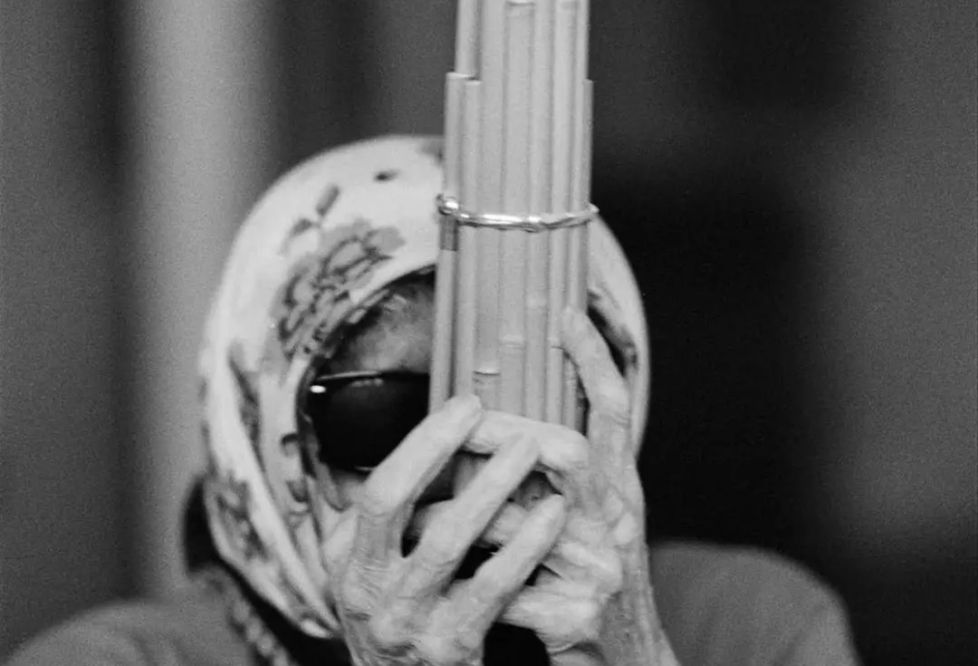
Those who follow “kunsthalaarhus” on Instagram may have noted a change in the venue’s profile over the course of the last day or so. Instead of pictures of the various activities at Kunsthal Aarhus, it now features close-ups of paintings by Jorn, a bold person bathing in the sea, and a set of wooden oars. All this is part of an Insta-takeover staged by artists Laetitia Paviani and Camilla Wills prior to the opening of their exhibition. It is officially opened tonight – and at the same time the new artistic director, Jacob Fabricius, carries out a takeover of his own: Having been artistic director since January, this is the first event in his own exhibition programme for Kunsthal Aarhus.
Since Fabricius left the director’s chair at Kunsthal Charlottenborg in 2015 he has lived on a houseboat in Paris with his family, created a range of exhibitions for Centre National Edition Art Image (CNEAI) – a small institution located just outside of Paris, dedicated to editions – and created a new series of monographs, Series Series, for his own publishing house Pork Salad Press. Artists such as Trevor Shimuzu, Henriette Heise, Keren Cytter, Eva Barto, Basim Magdy og Scott Reeder are featured among the volumes already published in the series. Towards the end of may he will curate the exhibition #iwillmedievalfutureyou4 at the Museum of Contemporary Art in Roskilde, featuring artists such as Agnieszka Polska, Cécile B. Evans and Mark von Schlegell. And he has just taken over a seat on the Danish Arts Foundation’s grant committee for visual arts for the next four years.
The question is whether we can now expect Kunsthal Aarhus to offer the most high-profile, cutting-edge exhibition programme in Denmark? Kunstkritikk popped in to hear what things are like in Aarhus.
Could you say something about Body Body, your first programme as artistic director of Kunsthal Aarhus?
The programme for 2016 was already in place when I took over the chair as artistic director on 1 January, but nevertheless I thought it would be fun to squeeze in four smaller-scale exhibitions. The results represent four very different positions within contemporary art. Some themes cross over, but each of them is a unique exhibition in its own right. I would like to have had a deeply original, fun, intelligent and interesting title for it all, but it never came to me. Having said that, there is something universally fascinating about doubling, about the polysemy of bodies, the mirroring of the body. And I am very interested in ideas about our physical bodies in the physical world-here versus the non-physical body in the world-there (Fabricius points to the phone even though Themsen and Albrethsen are not present). I wish I were more digital, I suppose.

Why open your programme with Laetitia Paviani and Camilla Wills?
I’ve spent this last year living in Paris, arranging eight small-scale solo exhibitions at the CNEAI museum. Wills created one of them, and I wanted to take some of what I was already doing with me to Aarhus. I think they have a great, fun, colourful way of approaching the production of art and knowledge. I didn’t want the first exhibition to be a very stringent, clear-cut aesthetic or political statement. Rather, this is a project that incorporates many facets; one that prompts confusion rather than neat narratives. Camilla is actually an artist and Laetitia is actually a curator, but the two of them swap roles, mingle their blood, morph into each other and turn their journal Baby Doc into an exhibition and their exhibition into a journal. I like this, of course – you cannot pigeonhole their roles, and they play up this fact quite deliberately. They have been inspired by Mother Theresa’s Dark Letters, which give voice to her crisis of faith, to a loss of self, doubts and a feeling of emptiness. With the Baby Doc project at Kunsthal Aarhus, you are not quite certain whether the exhibition is giving rise to the journal, or whether it’s the other way around? It is a process. A journal, a symbiotic partnership that keeps evolving. They are lush, fertile and generous in how they share knowledge and aesthetics.
As director of Malmö Konsthall and later Kunsthal Charlottenborg in Copenhagen you became particularly well known for staging high-profile solo shows with internationally recognised names. Concurrently with these exhibitions, you also ran project spaces for less well known, but equally interesting artists. Is this something you will continue in your Aarhus programmes?
Sure. And I also want to work out in the public spaces of the city again. Several things have been planned already. It may sound banal – but I’d like to reach new and broader audiences through a range of projects, alternative ways of presenting art and new curating strategies. I look forward to expanding the scope of our local collaborations and public programmes. We have an excellent core audience, but we are also working on new projects in public spaces … I’d be happy to say more if Kunstkritikk asks me again in 54 days.

How would you describe the art scene in Denmark right now?
I think the Danish scene has been very dynamic and full of great positive energy in recent years. Lots of new project spaces and exhibition venues are popping up in Copenhagen. That’s a huge plus, but unfortunately we do not see this trend spreading very far outside the Copenhagen area. There’s this whole public service-Danish railways-thing that’s not really up to scratch … For if you’re trying to choose between London, Berlin or Holstebro, Jutland will lose out every time. Travelling abroad and going to Jutland costs the same amount of money and takes the same amount of time, so Jutland often falls by the wayside when artists, curators and writers are deciding where to settle and set up their work, project spaces and practice. This means that it can be difficult to set up new, exciting places and project spaces for art. The City of Aarhus – and other municipalities outside of the Copenhagen region – must make an extra effort to keep the young and the entrepreneurial from leaving; they have to if they want to keep strong and attractive scenes within the realms of education, exhibition and creativity in general. The City of Aarhus has just prepared a report on this subject, and its conclusions clearly state that it would be natural for the local authorities to create more scope for growth for e.g. Det Jyske Kunstakademi, Rum46, Spanien19C, Piscine and other exhibition venues in town.
The scene around Kunsthal Aarhus is super, though. We attract a young crowd, many of whom are practicing artists or come from the university, which is one of our partners. So we get large audiences at our lectures, music and film nights. Seeing that feels just great. Aarhus University is currently engaging in some interesting initiatives as far as curating is concerned, and I think that this can contribute to local discourses, to furthering the scene in general and to generating new insights for Danish exhibition practices.
What untapped potential do you see in Kunsthal Aarhus? Would it be possible to do the same things there that you did in Malmö, Copenhagen or Paris?
Kunsthal Aarhus has undergone a very interesting and positive evolution in recent years. In Malmö I would try out various formats, exploring some curatorial and institutional extremes, and the results were super-interesting. The most recent result is the realisation of Mike Nelson’s work 408 tons of imperfect geometry (produced for Malmö Konsthall in 2012), which was finally erected and got its permanent position at the Limhamn lime quarry about a month ago. It looks fantastic. Charlottenborg was a lovely package that I never really got the chance to open; or, let’s put it this way: the administration at the Royal Danish Academy of Fine Arts shut down the opportunity to open that package.
Aarhus is something else entirely and cannot really be compared to any of the others. I think the scale and location is absolute fantastic, and the venue has a great vibe and a young, brilliant team. We have excellent relationships with the university and other partners in ways that you could only dream of Copenhagen or Malmö. I have already found new, fun partners who are interested in developing our demographics, presentation formats and art with us. I think we can go far.












Leserinnlegg